VR and AR in Education: Unlocking Immersive Learning
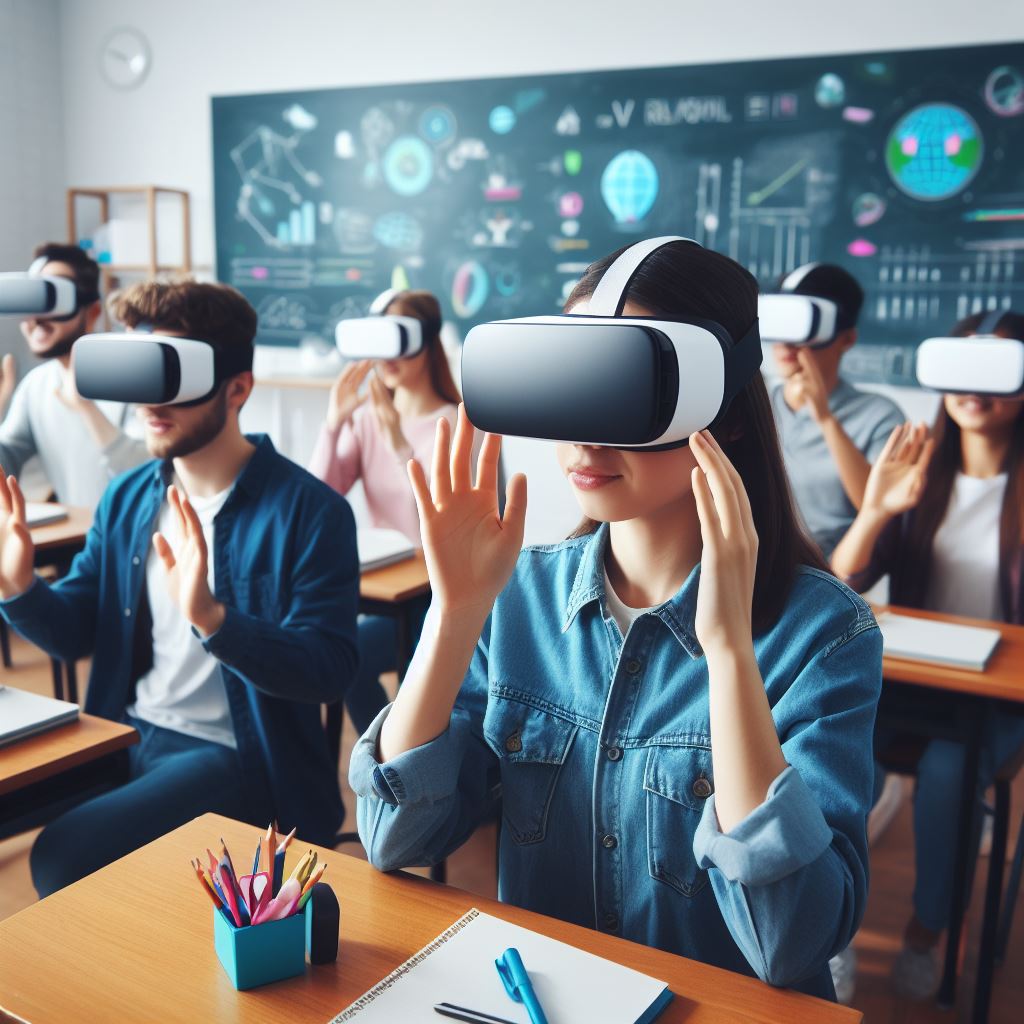
Virtual Reality (VR) and Augmented Reality (AR) are redefining the landscape of education. This comprehensive blog post explores the transformative power of VR and AR in learning. We’ll delve into their benefits, real-world applications, challenges, and the future of education in a captivating and informative manner.
Unveiling VR and AR
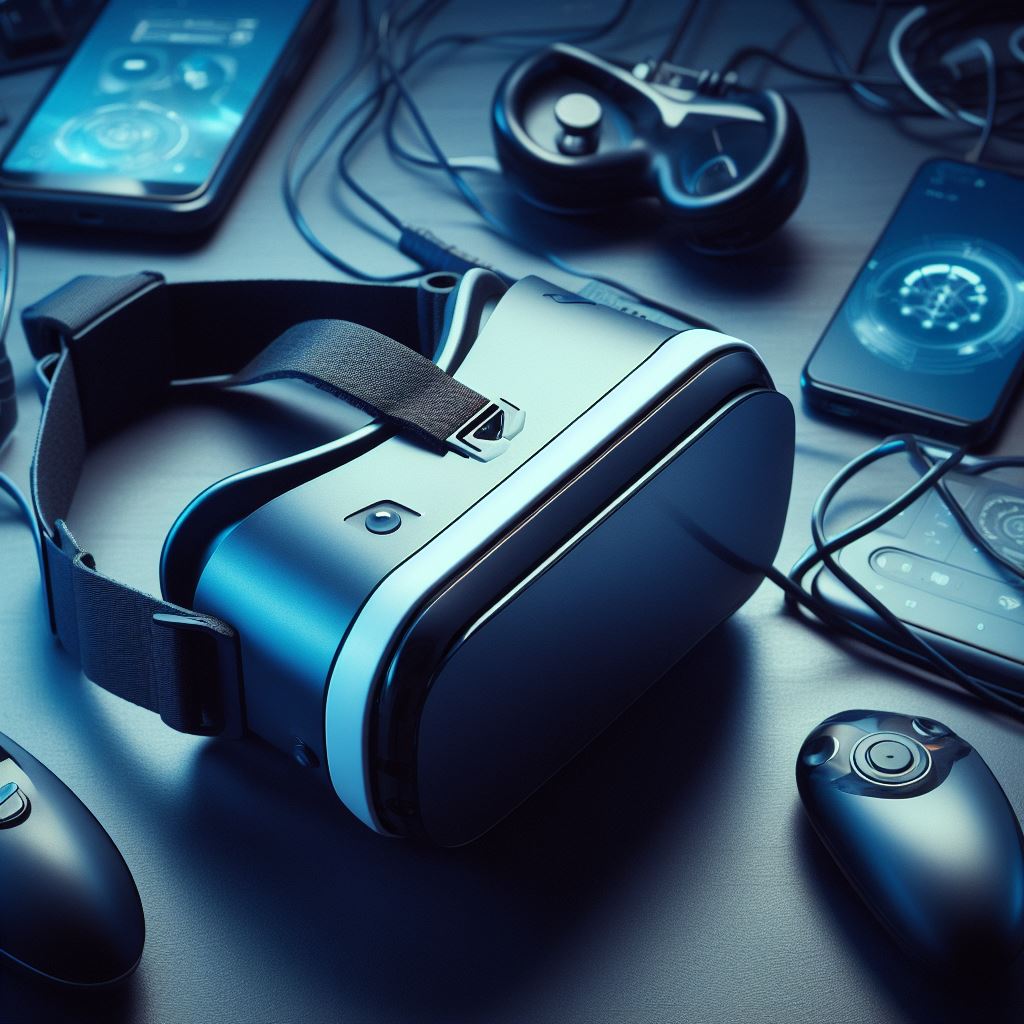
VR and AR: What are they, and how do they work? In this section, we’ll demystify these technologies, explaining how they immerse learners in captivating virtual worlds and enhance real-world experiences.
VR is a technology that creates a simulated environment that the user can interact with through a headset or a computer. VR can transport the user to any place, from historical sites to fantasy worlds. VR can also be used to create realistic scenarios that the user can practice on, such as surgery or flying.
AR is a technology that adds digital elements to the real world, usually through a smartphone or a pair of smart glasses. AR can enhance the real experience by showing information, animations, or graphics that are relevant to the user’s context. AR can also be used to create interactive games or lessons that leverage the physical environment.
The Educational Advantages

Discover how VR and AR go beyond traditional teaching methods, offering students a deeper understanding of complex topics, improved memory retention, and heightened engagement. These immersive tools are revolutionizing the learning experience.
VR and AR have several educational advantages, such as:
- Enhanced visualization. VR and AR enable students to see and explore abstract or difficult concepts in a concrete and intuitive way. For example, students can study anatomy by going inside a virtual body or learn about space by visiting different planets.
- Increased motivation. VR and AR can make learning more fun and exciting, increasing students’ motivation and interest in the subject. For example, students can play games that involve math or language or experience different cultures through virtual trips.
- Improved collaboration. VR and AR can foster social learning by enabling collaboration and communication between students in virtual or augmented environments. For example, students can work together on a group project in a virtual classroom or share their AR creations with each other.
- Personalized learning. VR and AR can support differentiated learning by offering customized and personal lessons that suit students’ needs, abilities, and preferences. For example, students can choose their own learning path in a virtual scenario or get feedback and guidance from an AI teacher.
Real-World Implementations
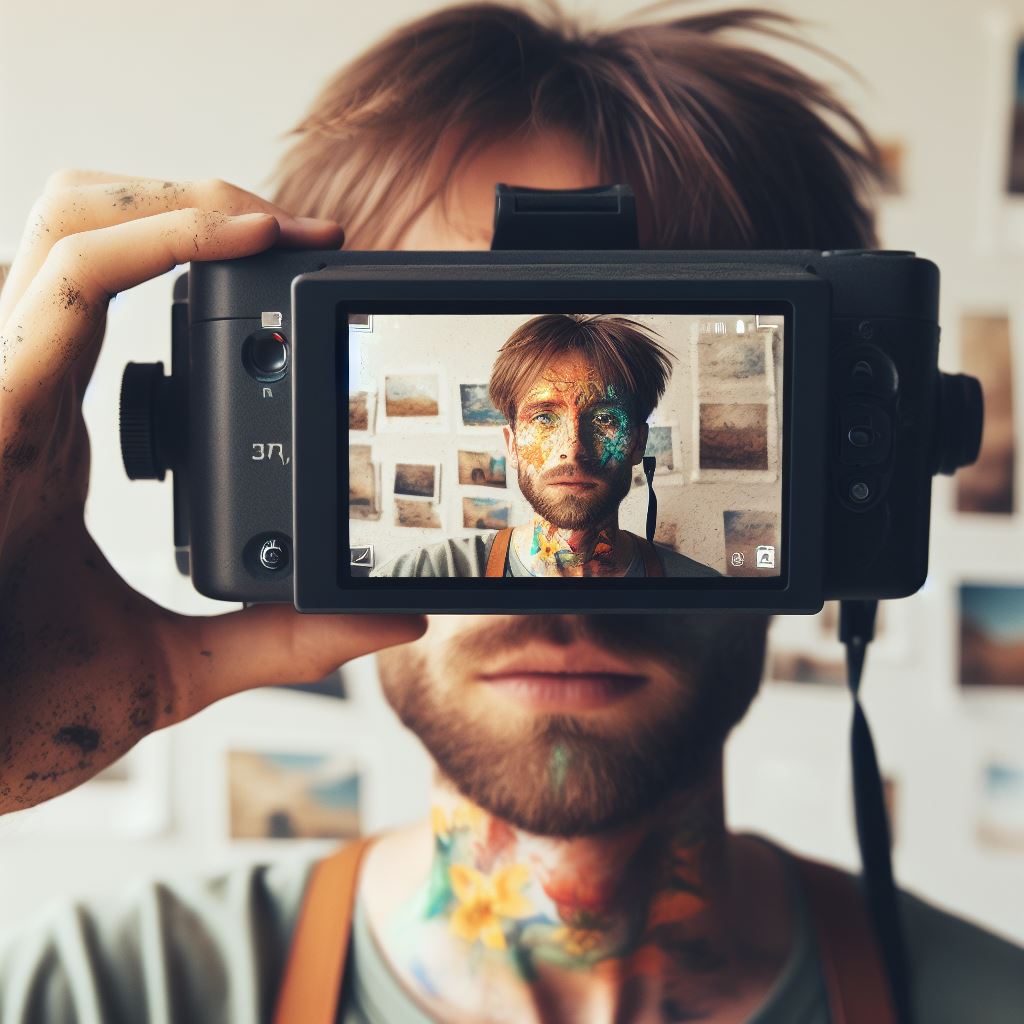
We’ll showcase the ten best examples of VR and AR in action, from bringing science concepts to life with augmented reality to utilizing VR for specialized training. Get inspired by these practical applications.
Here are some examples of how VR and AR are used in education around the world:
- Google Expeditions. This is a free program that lets teachers take their students on virtual trips to hundreds of destinations, from Antarctica to the Amazon. Students can explore these places in 360-degree view using a smartphone and a cardboard headset, while the teacher can control and guide them through a tablet.
- Microsoft HoloLens. This is a pair of smart glasses that create holograms in the real world. HoloLens can be used to enhance learning in various subjects, such as history, geography, biology, and art. For example, students can see a holographic model of an ancient temple or a human heart.
- Labster. This is a platform that offers virtual labs for science subjects, such as biology, chemistry, and physics. Students can perform experiments in a simulated environment using a VR headset or a web browser, while getting feedback and guidance from a virtual assistant.
- zSpace. This is a system that combines a specially designed computer, a pair of tracking glasses, and a pen to create an interactive 3D experience. zSpace can be used to learn about various subjects, such as math, engineering, and medicine. For example, students can manipulate 3D objects, such as geometric shapes or organs, with the pen.
- CoSpaces Edu. This is a program that lets students create their own VR and AR projects using simple coding or drag-and-drop interface. Students can express their creativity and demonstrate their knowledge by building virtual worlds, stories, or games, which they can then experience with a VR headset or share with others.
Navigating the Challenges
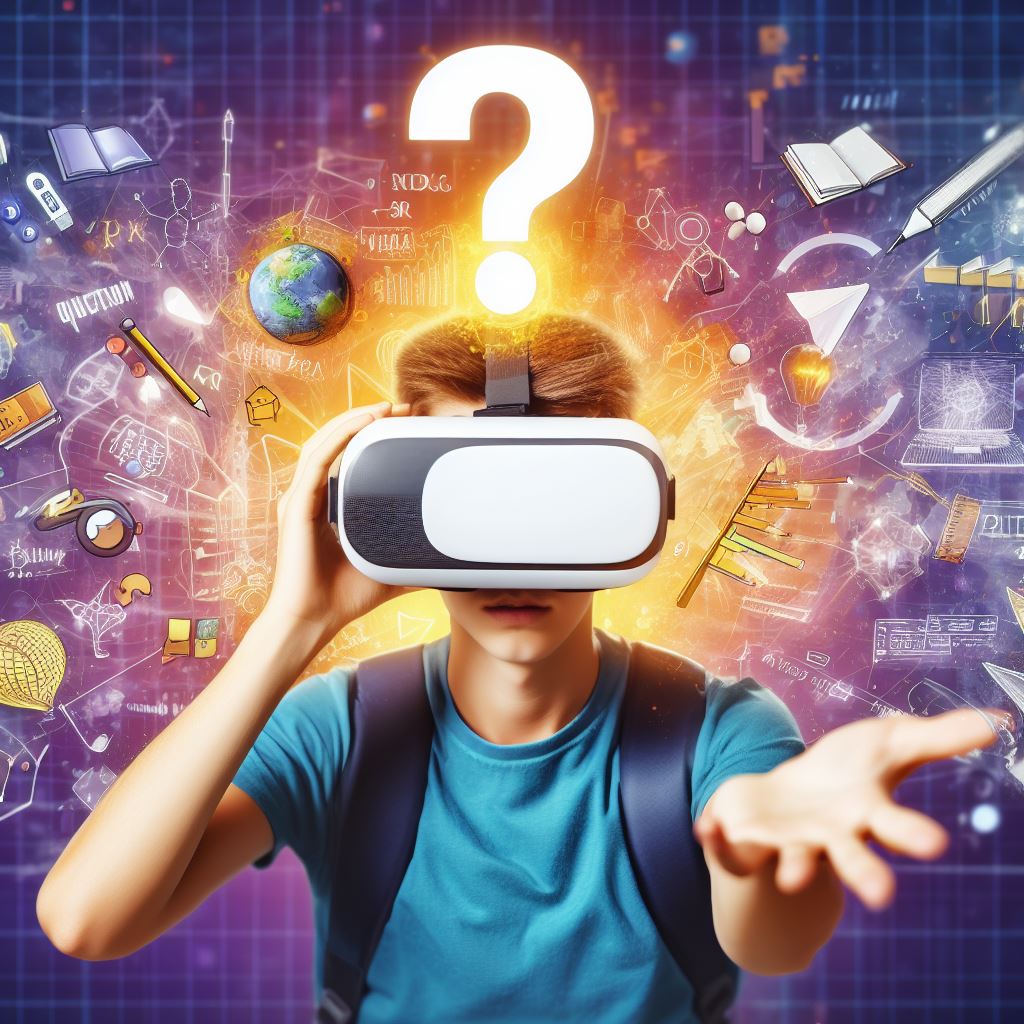
While the potential is vast, VR and AR in education come with unique challenges. We’ll delve into topics like equitable access, bridging the digital divide, and ensuring that all students can benefit from these technologies.
Some of the common challenges for VR and AR in education are:
- High cost. VR and AR devices and software can be expensive to buy and maintain, limiting their availability for many schools and students. However, there are cheaper alternatives, such as Google Cardboard or web-based solutions, that can reduce the costs and increase the accessibility.
- Technical skills. VR and AR technologies require some technical skills to install, use, and integrate into the curriculum. Teachers and students may need training and support to familiarize themselves with these technologies and overcome any obstacles or issues.
- Educational quality. VR and AR content must be pedagogically relevant, accurate, and effective to promote learning. There is a need for more research and evaluation to assess the impacts of these technologies on students’ outcomes and well-being.
- Ethical issues. VR and AR technologies also raise ethical issues about privacy, security, accountability, and social justice. For example, there may be risks of collecting or sharing personal information about the students, exposing them to inappropriate or harmful content, or creating inequalities between those who have access to these technologies and those who do not.
The Future of Learning
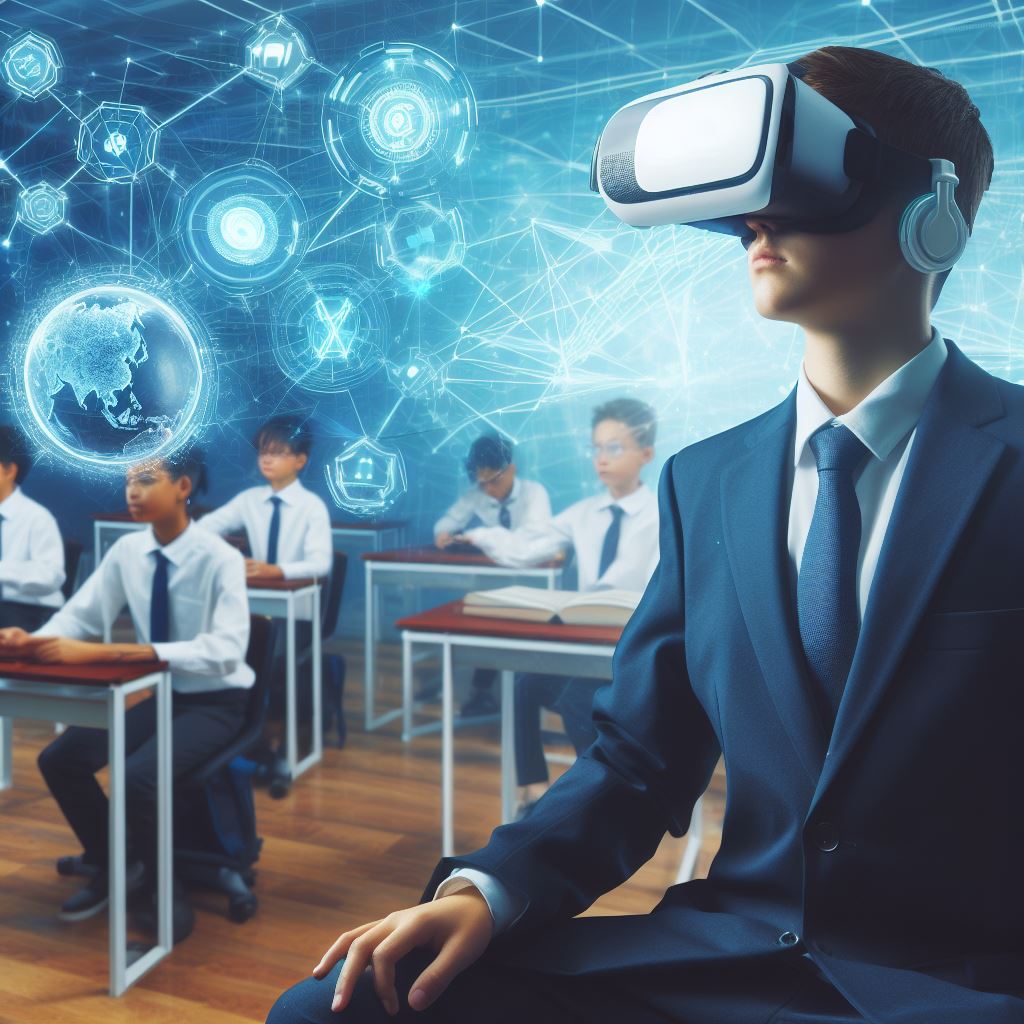
What lies ahead for education? Explore the role of VR, AR, and blockchain in reshaping the future of learning. Understand how personalized and diverse learning experiences are becoming the norm.
VR, AR, and blockchain are three technologies that have the potential to transform education in the following ways:
- VR can create immersive and realistic learning environments that can simulate any situation or scenario. VR can also enable remote and global learning, connecting students and teachers from different locations and cultures.
- AR can augment and enrich the real world with digital information and interactivity. AR can also enhance the physical learning space, making it more engaging and dynamic.
- Blockchain can create a decentralized and secure system for storing and verifying educational records and credentials. Blockchain can also empower learners to own their data and control their learning paths.
These technologies can work together to create personalized and diverse learning experiences that cater to each student’s needs, interests, goals, and preferences. They can also foster lifelong learning, enabling students to access relevant and updated content anytime and anywhere.
Fostering Student Engagement
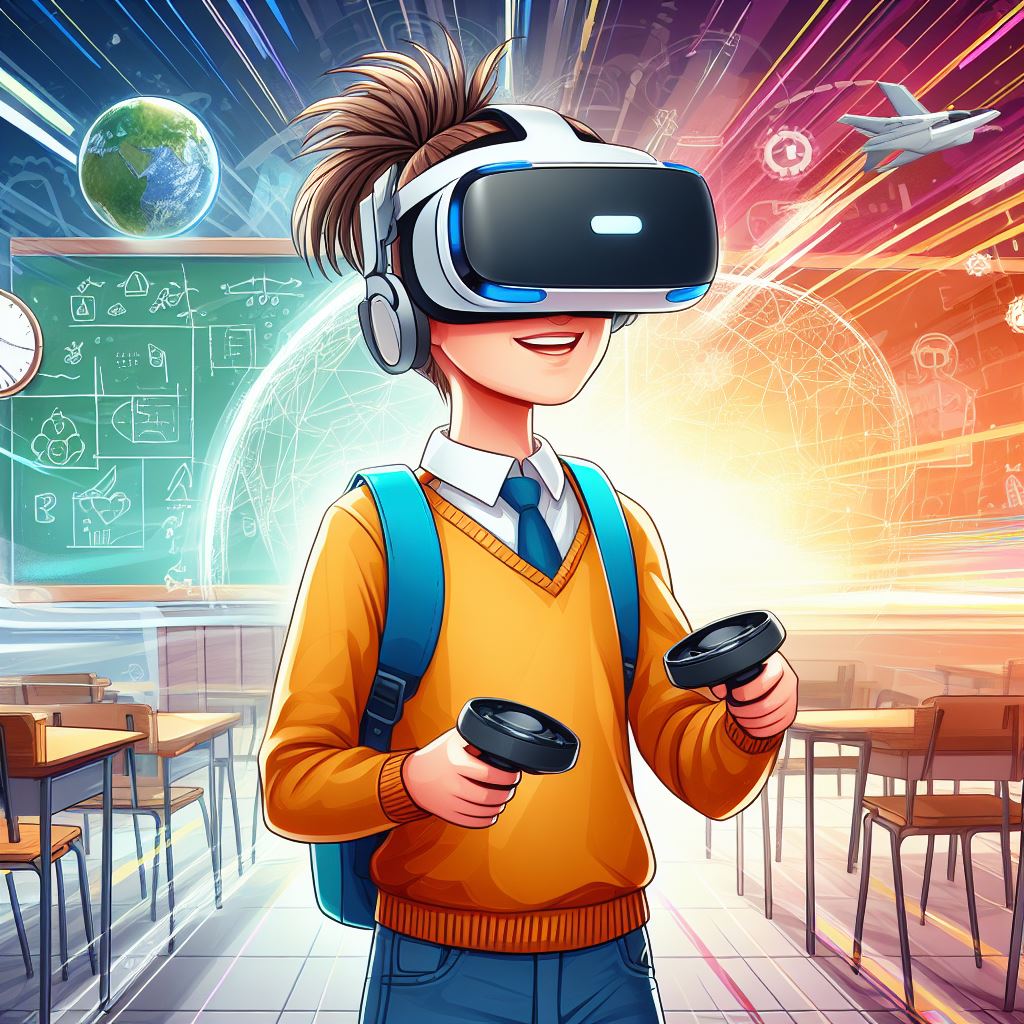
Instructors can create immersive and engaging lessons, fostering creativity and promoting better comprehension. Learn how these technologies are boosting student retention and overall performance.
One of the main benefits of VR and AR in education is that they can increase student engagement, which is crucial for effective learning. Engagement refers to the degree of attention, curiosity, interest, optimism, and passion that students show when they are learning.
VR and AR can foster student engagement by:
- Stimulating curiosity. VR and AR can spark students’ curiosity by exposing them to new and exciting experiences that they may not otherwise have access to. For example, students can visit ancient civilizations or explore outer space with VR or see dinosaurs or planets come to life with AR.
- Enhancing interactivity. VR and AR can enhance students’ interactivity by allowing them to manipulate objects, perform actions, or make choices in the virtual or augmented world. For example, students can dissect a frog or build a circuit with VR or solve puzzles or play games with AR.
- Providing feedback. VR and AR can provide immediate feedback to students by showing them the consequences of their actions or decisions in the virtual or augmented world. For example, students can see how their answers affect the outcome of a quiz or how their behavior affects the environment.
- Supporting collaboration. VR and AR can support collaboration by enabling students to work together or communicate with others in the virtual or augmented world. For example, students can collaborate on a project or share their creations with peers or teachers.
By stimulating curiosity, enhancing interactivity, providing feedback, and supporting collaboration, VR and AR can make learning more enjoyable and meaningful for students. This can lead to improved memory retention, comprehension, problem-solving skills, creativity, motivation, confidence, and academic performance.
Practical Integration
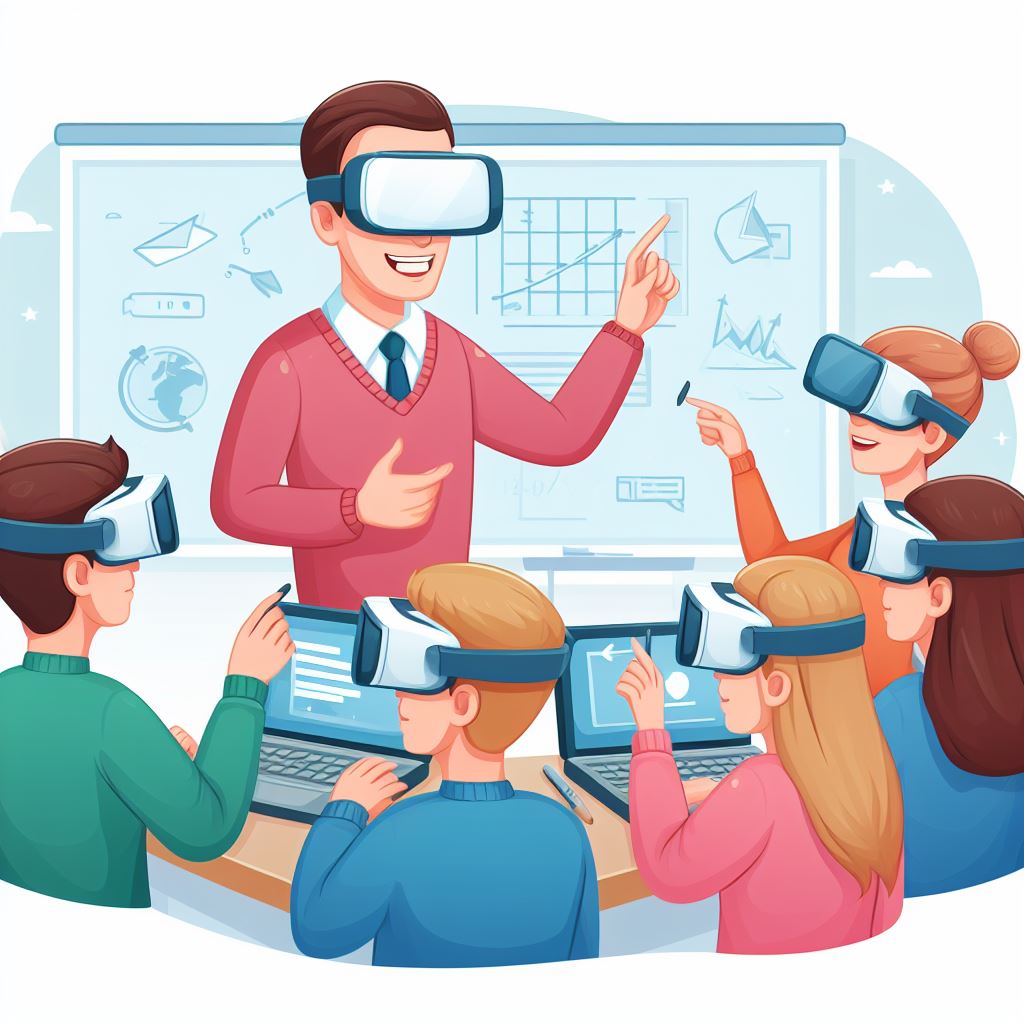
For educators looking to incorporate VR and AR into their classrooms, we’ll provide practical strategies and insights, making it easier to implement these transformative tools effectively.
Integrating VR and AR into the classroom can be challenging but rewarding. Here are some tips and best practices for educators who want to use these technologies in their teaching:
- Define your objectives. Before choosing a VR or AR tool or content for your lesson, you should have a clear idea of what you want your students to learn and how you want them to learn it. You should align your objectives with the curriculum standards and the learning outcomes.
- Choose the right tool. There are many VR and AR tools and content available for education, but not all of them are suitable for your objectives, subject, level, or students. You should do some research and testing before selecting a tool or content that meets your criteria and expectations. You should also consider the cost, quality, compatibility, and accessibility of the tool or content.
- Prepare your students. Before introducing VR or AR to your students, you should prepare them for the experience. You should explain the purpose, benefits, and expectations of using these technologies in your lesson. You should also teach them how to use the devices and software safely and responsibly. You should also address any questions or concerns they may have.
- Facilitate the learning. During the VR or AR session, you should act as a facilitator rather than a lecturer. You should monitor your students’ progress and provide guidance and feedback when needed. You should also encourage your students to reflect on their learning and share their thoughts and feelings with you and their peers.
- Evaluate the outcomes. After the VR or AR session, you should evaluate the outcomes of your lesson. You should assess your students’ learning achievements and satisfaction using various methods, such as quizzes, surveys, interviews, or portfolios. You should also collect feedback from your students and yourself on the strengths and weaknesses of using VR or AR in your lesson. You should use this feedback to improve your future practice.
By following these tips and best practices, you can integrate VR and AR into your classroom effectively and enhance your teaching and learning experience.